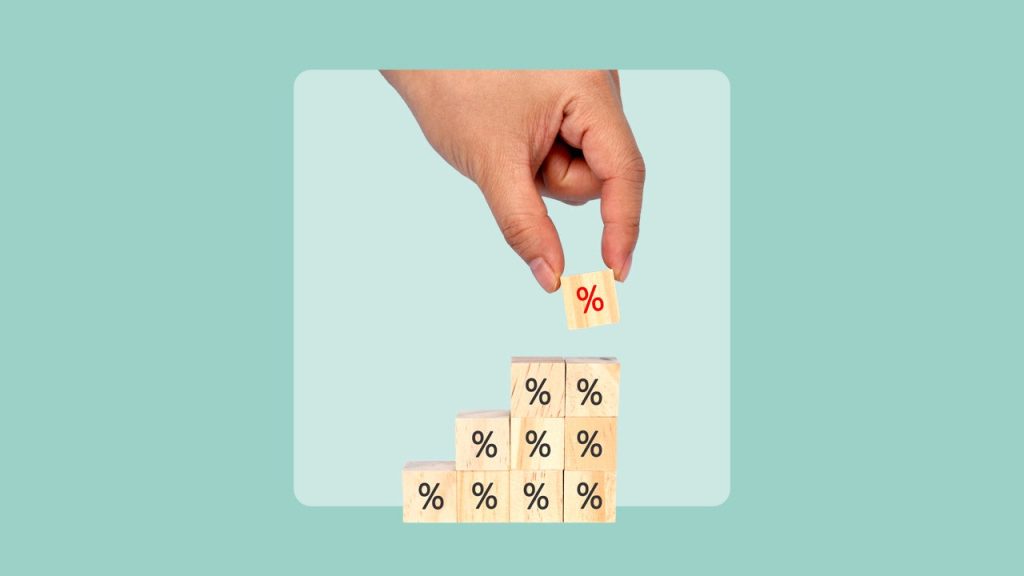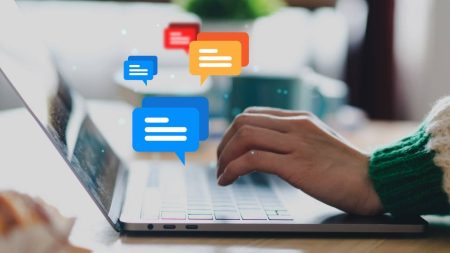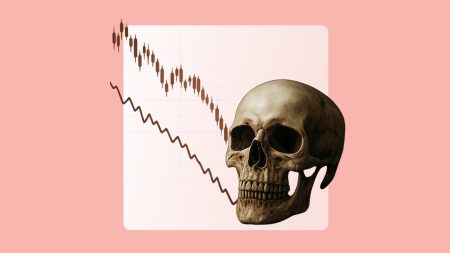Nora Carol Photography/ Getty Images; Illustration by Austin Courregé/Bankrate
In recent years, interest rate hikes by the Federal Reserve pushed bond yields near levels not seen in more than a decade. But with the Fed holding rates steady in 2025 after cutting them last year, should investors be looking to increase or decrease their bond exposure?
How lower interest rates have impacted bonds
For most of the past 15 years, interest rates have hovered near historical lows. This kept bond prices suppressed. In August 2020, for example, the 10-year Treasury yield sat close to 0.50 percent.
But as the economy recovered from the pandemic shock, inflation picked up steam. By March 2022, when the Fed first began to raise interest rates, inflation had reached 8.5 percent, according to U.S. Department of Labor data.
In an attempt to slow the economy and combat high inflation, the Fed raised interest rates at a swift pace. By July 2023, the effective funds rate hit 5.33 percent — its highest rate in years — and high rates persisted for more than a year. The Fed didn’t begin lowering rates until September 2024, though they still remain relatively elevated.
Rates have been hovering around 4.3 percent since December 2024. While rate cuts may yet happen this year, it’s unclear how soon or dramatic they’ll be, especially given the potential impacts of tariffs.
That means investors may still be able to take advantage of an investment opportunity in bonds that hasn’t existed for some time.
Are bonds a good investment right now?
Despite rates holding steady, many financial experts say now is still a good time to buy bonds.
“Bond yields — particularly Treasuries and other high-quality investment-grade bonds — are still high enough that they’re outpacing inflation, and the ability to lock in those yields for several years is appealing to investors,” says Greg McBride, chief financial analyst at Bankrate.
That’s because high-quality bonds currently offer attractive yields, especially when compared to the extremely low-rate environment present just a few years ago.
Bonds don’t have the same potential long-term returns as stocks, but high-quality bonds tend to be much less volatile. So buying bonds now can lower overall portfolio risk without sacrificing much in the way of returns. However, it’s important to keep in mind that asset allocation always depends on your specific needs, cash flows and financial plan.
Still, McBride says it’s possible to find attractive yields above inflation all across the bond maturity spectrum. It’s a narrow opportunity, though, because rate cuts may yet be on the horizon this year.
“Act sooner rather than later, as yields won’t get better by waiting,” says McBride.
Bottom line
Ultimately, the decision on whether or not to hold bonds and in what amount will depend on the unique circumstances of each individual investor. But the rise in interest rates has made bonds more attractive than they’ve been in over a decade. The Fed may have cut interest rates in 2024 and more cuts may yet happen in 2025 but longer-term bonds still present an opportunity for investors to lock in yields before rates drop even lower.
Read the full article here









